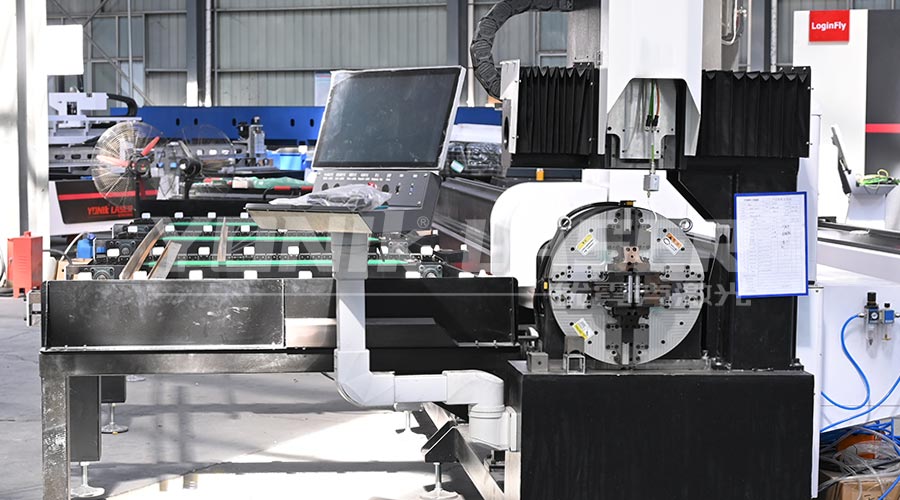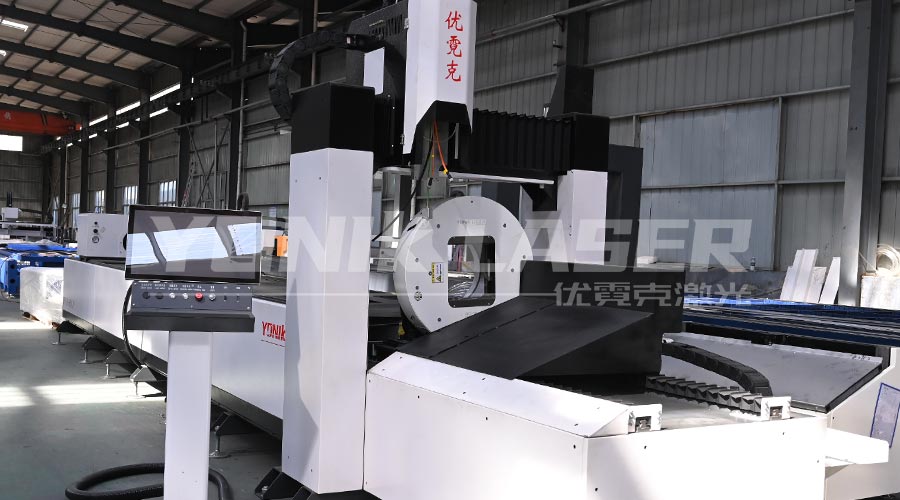The problems of blackening and oxidation of the cut surface during stainless steel laser cutting are a headache for many processing enterprises. This article combines industry practical experience to reveal the three core steps of gas control, power regulation, and post-processing optimization for common stainless steel materials such as 304 and 316L. It helps you quickly achieve high brightness, oxidation free perfect cutting effects, improve processing efficiency, and product yield.

1、 Gas parameter optimization: cutting off the oxidation reaction chain
1. Precise control of nitrogen purity and pressure
Stainless steel laser cutting The key is to isolate oxygen. If ordinary nitrogen gas (purity ≤ 99.9%) is used, residual oxygen will react with high-temperature metals to generate black oxide (Fe3O4). The measured data shows that:
High purity nitrogen with a purity of 99.99% can reduce the thickness of the oxide layer by 80%
Recommended nitrogen pressure value:
1-3mm thin plate: 12-15Bar
4-8mm medium thick plate: 18-20Bar
Plates above 8mm: double-layer airflow protection technology is required
Operation skills:
Verify the purity of the gas cylinder with an oxygen content detector every month (target value ≤ 0.001%)
Install real-time pressure monitoring device, with fluctuation range controlled within ± 0.5Bar
2. Adjustment of airflow angle and coverage range
Nozzle angle: using a 30 ° inclined blowing method to enhance the coverage effect of the airflow on the molten pool
Double layer airflow technology: The outer annular airflow (pressure 8Bar) wraps around the inner main airflow (pressure 18Bar) to reduce edge oxidation
2、 Matching laser power and speed parameters
1. Pulse frequency and duty cycle setting
Continuous laser can easily cause heat accumulation, while pulse mode can precisely control energy input. Recommended parameter combination:
Peak power pulse frequency duty cycle of sheet thickness
1mm 2000W 1000Hz 60%
3mm 3500W 800Hz 70%
6mm 4500W 600Hz 75%
Attention:
When the duty cycle exceeds 80%, the cutting surface is prone to over melting
A frequency below 500Hz can cause jagged cutting edges
2. Calibration of cutting speed and focal position
Speed formula: V (m/min)=(power x 0.8)/(plate thickness x material density)
Focus position:
Thin plate: Focus placed 0.2mm above the surface of the plate
Thick plate: Focus sinks to 1/3 of the plate thickness
3、 Post processing technology upgrade
1. Online quenching technology
Switch the auxiliary gas to argon gas at the moment of cutting off, and quickly cool it with laser residual temperature:
Argon flow rate: 20-25L/min
Cooling rate:> 200℃/s
Effect: The thickness of the oxide layer is reduced to below 2 μ m
2. Electrolytic polishing process parameters
For the generated oxide layer, an environmentally friendly electrolytic polishing solution can be used:
Electrolyte formula: phosphoric acid 35%+sulfuric acid 40%+deionized water 25%
Voltage: 12V DC
Processing time: 3-5 minutes per square meter
Common problem solutions
Local blackening of the cutting surface
Check if the nozzle is clogged (clean at least twice a month)
Confirm the cleanliness of optical lenses (transmittance must be greater than 95%)
Uniform oxidation of the entire board
Detect nitrogen purity (replace high-purity gas source)
Reduce environmental humidity (recommended to be controlled below 45% RH)
Severe blackening at the lower end of the incision
Increase the protective gas flow rate (by 30% -50%)
Adjust the cutting angle (3-5 ° oblique cutting)
Expand reading:
[Daily Maintenance Guide for Laser Cutting Machine] · [Analysis of Common Problems in Stainless Steel Processing] · [White Paper on High Reaction Material Cutting Technology]

By precisely regulating the three elements of gas, power, and post-processing, the problem of blackening in stainless steel laser cutting can be completely solved. Mastering these core technologies can not only make the cutting surface appear metallic in color, but also increase the cutting speed by 15% -20%, significantly reducing production costs
2025-07-22
2025-07-21
2025-07-19